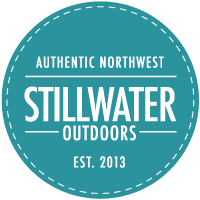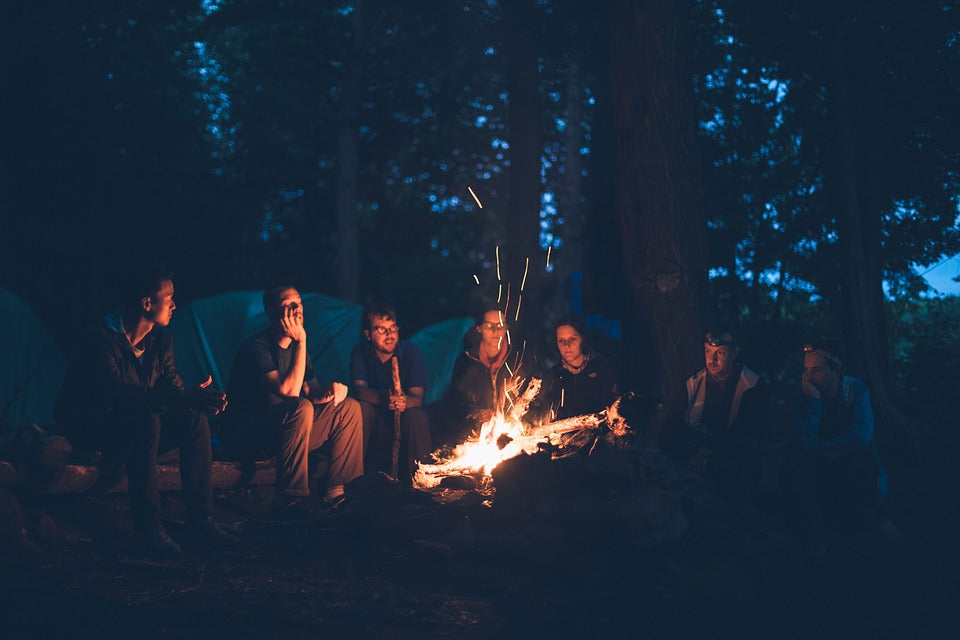Most outdoor enthusiasts understand the allure of camping. They appreciate the solitude, the chance to connect with nature, and power of unplugging from technology. There is a certain primal satisfaction to be gained from disconnecting from the rest of the world, facing all that Mother Nature has to offer, and returning again a bit dirtier and maybe with a few more bumps and bruises. They've gone off-grid, challenged the most wild and untamed parts of this world, and pushed themselves to go farther, climb higher, and stay longer.
This article is not for them.
For those of us who are relatively new to the idea of off-grid (no campgrounds and no amenities) camping, the idea is ... well, fairly daunting. How do you get water? Where do you go? What do you bring?

Where should I go?
That's completely up to you, and by that I mean it's up to your skill level, location, preferences, and so on. When choosing your destination, consider these questions:
- How do you plan to get there? Hiking? Biking? Boating?
- What skills/limits do you have? Mountain climbing? White water rapids? A mile walk? Ten miles?
- What temperature/weather conditions are you willing to handle? Hot? Cold? Rain?
- Who is coming with you and what are their capabilities/limits?
- How long do you want to be gone?
- How much are you willing to spend on food, permits, and any additional/specialized gear?
Answering these questions will help narrow down your list of possible destinations. My go-to off-grid destinations are almost always National Parks/forests which cover thousands of acres, encompass varied terrains for all skill levels, and can be found in just about every climate. Check with these websites for more information (including campground information for those who want to use them):
US National Forest Campground Guide

What should I bring?
There are too many variables to come up with a complete list, but this should provide you with a good start for your next camping expedition.
Shelter
Whether that means a tent, a camping hammock, or a rain fly stretched out between two trees, you are going to need somewhere to sleep. Other things to consider when choosing what type of shelter to bring include weather (temperature and precipitation), bugs (mosquitoes and sleep don't mix), and even wildlife (it's never fun to wake up with a snake in your sleeping bag). If you are planning to carry your gear in, lightweight shelters are a must. Also consider bringing some sort of compact, lightweight sleeping mat. Rocks and tree roots start to feel like boulders and logs after a few minutes of sleeping on them.

Food
If you are planning to fish or hunt (check for licensing requirements and seasons before doing either) for your food, that's fine, but what if you don't catch anything? The fish don't care how hungry you are - if they don't want to bite, they're not going to bite. How much room do you have for food? How long are you going to be gone? How strenuous will your daily activity be? Answering these questions will help you determine how much and what to bring for meals. Also consider how the meals will be prepared. Are you going to have to cook? How are you going to do it? Cooking gear adds a lot of weight and takes up space, so consider your options carefully.
Water
How do you plan to get water? Bringing it along may not be an issue if you can drive directly to where you plan to camp, but in many situations that isn't possible. Water is heavy, bulky, and necessary. If you are planning to use water you find (even water from campground spigots), it needs to be treated first. There are many options including chemical tablets (remember to wait the recommended time before drinking/adding flavoring), water filtration systems, and boiling the water (for at least five minutes and make sure to cool before drinking).

Safety Gear
This includes basic first aid equipment, compass/GPS, a knife or multi-tool, maps (digital and paper), a cell phone or other communication device, and so on. Waterproof matches and/or a lighter are always a good idea, even if you're not camping near water - just be sure to check for any burn restrictions in your area. Again, where and when you go will help determine which items are considered necessary.
Clothing
Consider the climate, terrain, and what you'll be doing. How much room do you have? What are potential weather concerns? How long will you be gone? Dressing in layers allows you to adjust for changes in temperature throughout the day and clothing that dries quickly is always good to have. Don't forget to bring a change of clothes to leave in your car for the trip home - especially if your route out involves water travel.

Camping Plan
It is always a good idea to have an emergency contact with all of your information including where you will be staying, the route you will take to get in/out, any day trips (hiking, biking, boating) that you plan to make, and when you'll be leaving/returning. Make sure to bring a copy with you and include any safety phone numbers (forest service, local police, etc) on it. When the trip is over and you've returned home, make sure to notify your emergency contact that you made it back.
Stillwater Outdoors invites you to join our email list to get free information on camping, water sports and safety, and more.

